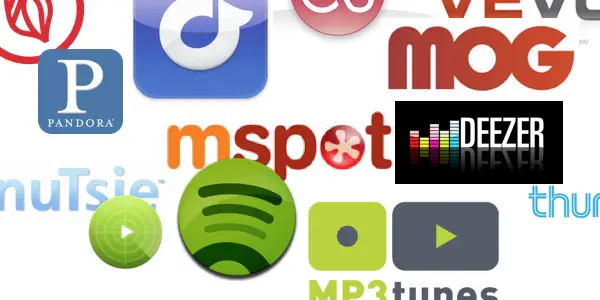
Is the Future of Streaming Niche Programming?
Any streaming music service will give you access to 35 million or so songs. But does the future of the medium lie in niche programming? Music Industry Blog contemplates that.
Why Niche Is The Next Streaming Frontier
Posted on September 4, 2015
If 2014 was the year of fear, uncertainty and doubt for streaming then 2015 is shaping up to be the year in which streaming starts to deliver. In fact so far streaming has helped drive revenue growth in the first half of 2015 for markets as diverse as Italy, Spain and Japan as well as of course in the streaming Nordic heartlands of Sweden, Denmark and Norway. All this despite an accompanying average decline in download revenue of 7%. But as I have long said, there is only so far that 9.99 AYCE (All You Can Eat) subscriptions can go.
This value proposition and price point combination constrains appeal to the aficionados and the upper end of the mainstream. Pricing will be key to unlocking new users (as Spotify’s focus on the $1 a month for 3 months promo shows). However some highly influential elements within major labels are more resistant to pricing innovation now than they were this time last year. So don’t hold your breath for the long overdue pricing overhaul. The other side of the 9.99 AYCE equation though is just as important, namely choice, or rather, less choice. In fact, done right, cut down, niche music offerings should be able to fix the pricing conundrum too.



